Your Guide to Monitoring Your Dog’s Temperature
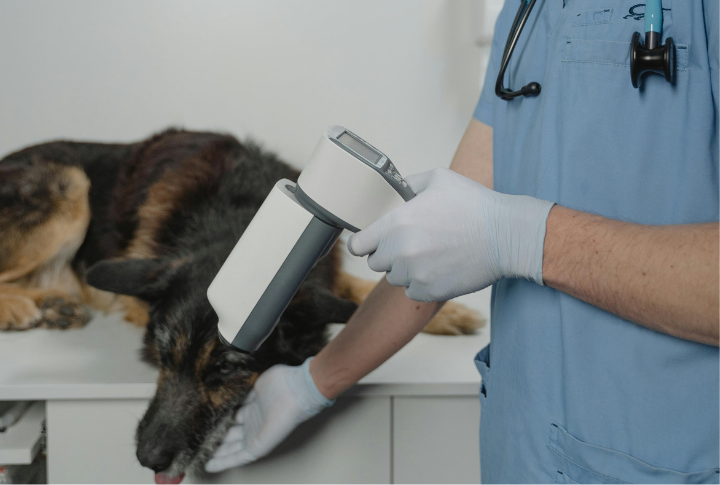
Like humans, dogs can get sick, and knowing their temperature can help you detect any problems early. Let’s learn the details about checking your dog’s body heat, why it matters, and tips to make the process smooth and stress-free for both of you.
Understand the Temperature Ranges
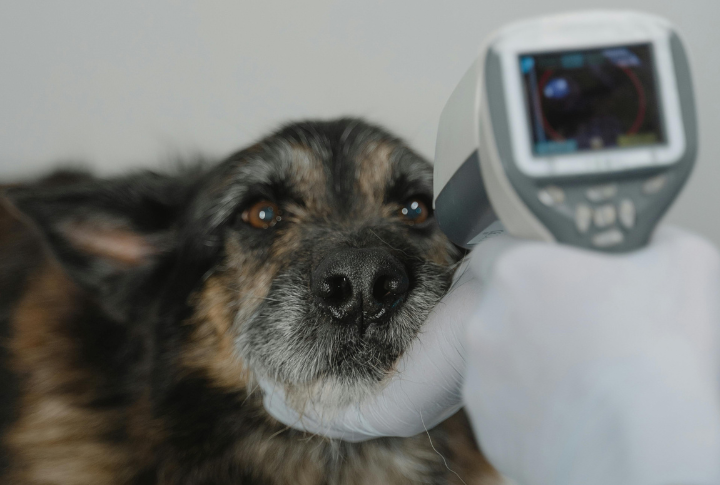
Did you know dogs run a bit hotter than humans? Their average body temperature is usually between 101°F and 102.5°F. Smaller breeds might even feel a tad warmer because of their speedy metabolism. Keeping track of your dog’s body temp can let you spot any signs of illness early on.
Why You Should Check it

You don’t need to take the temperature daily, but it’s helpful when they feel under the weather. If your pup is sluggish or not eating, checking the temp can reveal important information. Also, watch them during hot days or after playtime to avoid overheating.
Gather Your Tools
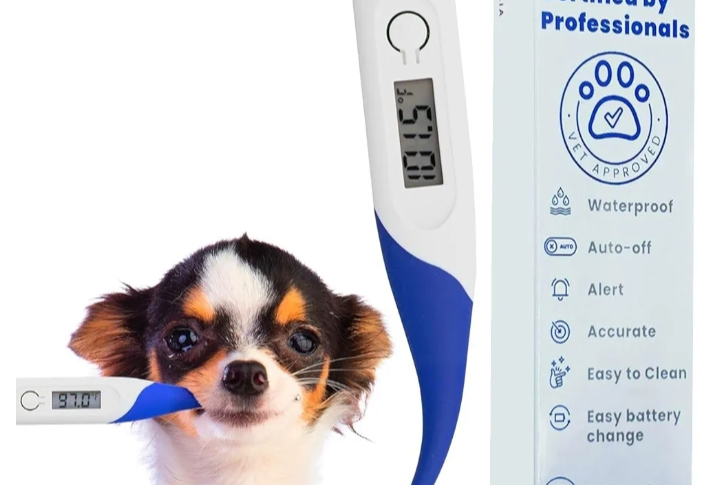
Before you start, gather your tools! A digital thermometer is best because it’s quick and easy to read. You can also use an ear thermometer made for pets. If you opt for one, get some petroleum jelly, and don’t forget treats to reward your pup afterward!
Create a Calm Environment

Now that you’re ready, create a calm atmosphere for your pup. Find a quiet spot where they feel comfortable, maybe their favorite blanket. It can help to have someone to hold them. This makes the process easier and safer for both of you. Speak softly and give lots of pets to keep them relaxed.
Get the Right Position
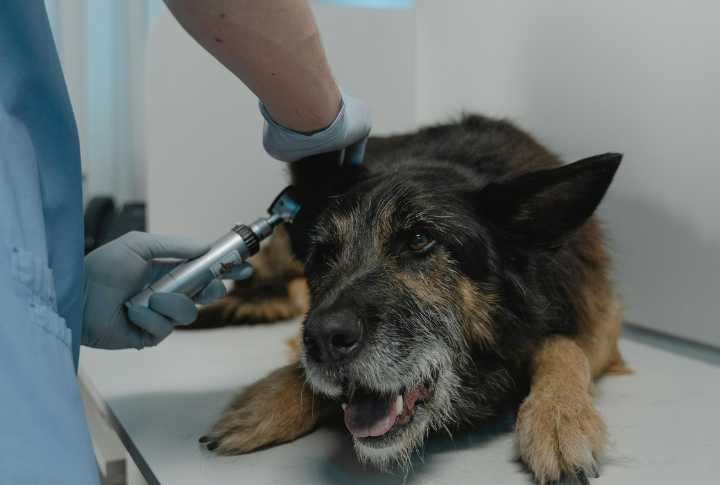
Once your dog is relaxed, it’s time to get it in the correct position! For a rectal check, gently lift its tail while it stands or lies comfortably. If you’re using an ear thermometer, angle it to easily access the ear. Having a helper can make things smoother, especially with a squirmy dog.
Check Rectal Temperature

If you’re using a rectal thermometer, apply a little lubricant to the tip. Insert it smoothly, about an inch into your dog’s rectum. Odd as it sounds, it’s the most accurate method. Hold it for around 30 seconds until it beeps. Then, check the reading immediately after removing the device.
Use an Ear Thermometer
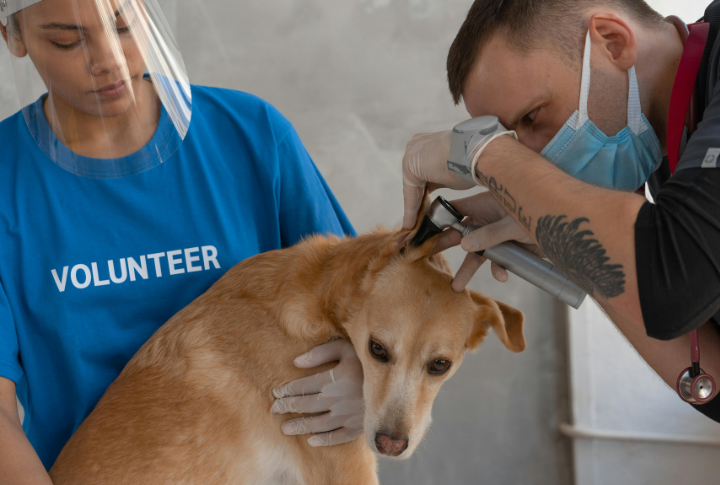
This one is simpler. Slowly place the ear thermometer in your dog’s ear, following the instructions, and keep it steady for a few seconds until you get the digits. This method is quicker and often less stressful for some pups. Just be sure it’s designed for pets for accurate results.
Interpret the Results
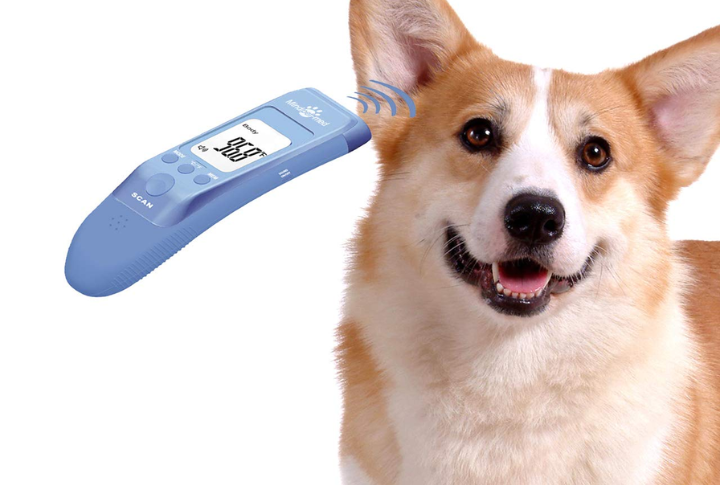
Once you’ve got the numbers, it’s time to interpret. If the level is between 101 and 102.5 degrees, it’s likely fine. It might be too cold if it’s over 103 or under 99. It’s a good idea to call your vet and get some expert advice on the next steps.
Make It a Routine
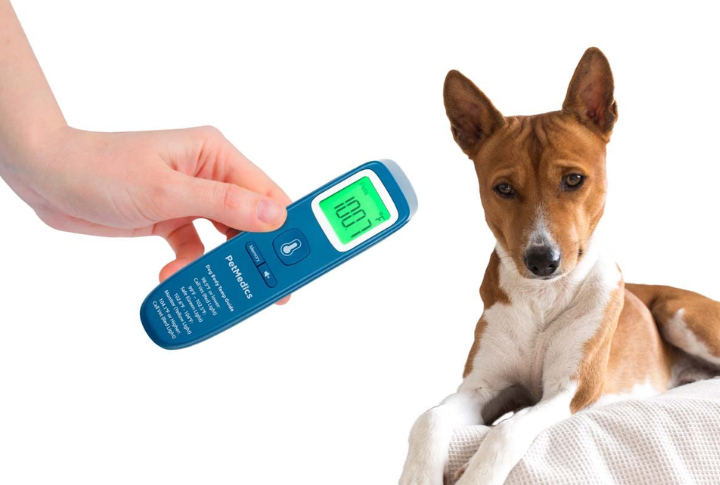
Do these checks regularly to make them less stressful. Regular checks help you understand what’s normal for your dog. If your pup has been sick or is recovering from surgery, tracking their temperature gives your vet useful information for follow-ups. Plus, it’s a great way to show you care.
Know When To Seek a Vet
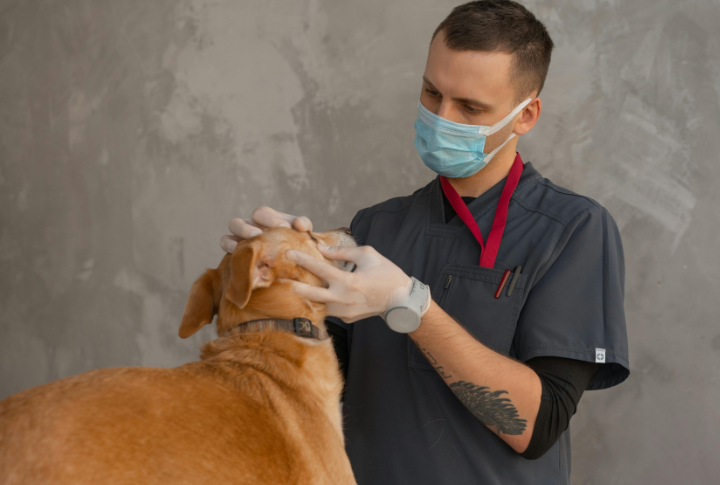
Always consult your veterinarian if you’re uncertain about any readings or if your dog shows other symptoms like vomiting, diarrhea, extreme lethargy, and an abnormal temperature level. It’s better to err on the side of caution regarding our canine friends’ health.





